Hospital 108 informed that it had admitted a 38-year-old male patient with multiple injuries, in critical condition after a traffic accident. Before the accident, the patient was treated at a lower-level hospital for 20 days with a diagnosis of grade III liver rupture, kidney injury, small intestine perforation, and colon perforation.

Hospital 108 successfully treated a 38-year-old male patient with multiple injuries after a traffic accident who required a tracheostomy. Illustrative photo.
After that, this male patient was sent home with a tracheostomy tube (MKQ), the abdominal incision longer than 20cm was red and still continuously oozing pus, and he had many loose stools through the artificial anus. The patient spent most of his time lying in bed.
On the second day after discharge from the hospital, the patient felt more tired, the colostomy produced a lot of black blood and then vomited blood, so he was taken to the Emergency Department of Gastroenterology, 108 Military Central Hospital in a state of slow response to questioning, rapid pulse, difficulty breathing, and a semi-obstructed tracheostomy tube with a lot of phlegm.
The patient underwent an emergency gastroscopy, where a bleeding ulcer was found in the antrum. The team clamped a clip to stop the bleeding, and the bleeding was quickly controlled immediately after the endoscopic intervention. However, the phlegm blockage was still very severe despite frequent sputum flushing and suction. The patient was always in a state of headache, rapid pulse, high blood pressure, difficulty breathing, and psychological depression, not cooperating with treatment.
After examining and diagnosing the situation, the doctors set the goal not only to stop the bleeding but also to make the patient breathe through the nose and eat through the mouth like a normal person. With the efforts of the team of doctors and nurses, on the third day the patient could sit up and practice breathing and eating milk by mouth in bed, and his spirit improved.
On the 7th day, the patient had the siley tube removed, was able to take care of his personal activities, and happily talked with his family. And on the 9th day, the patient was discharged from the hospital, walking normally, in a comfortable spirit, and sent his sincere thanks to the staff of the department.
Having to open a trachea and breathe through a tracheostomy tube carries a very high risk of infection and pneumonia through the tracheostomy tube. If there is no care strategy, the patient will still have to breathe through the tracheostomy tube.
The 7-day journey, from a person lying in bed almost all the time, needing support to eat and breathe, to sitting up to breathe through a new tracheostomy tube, and finally being able to breathe through the nose and walk and leave the hospital, was largely thanks to the dedicated and comprehensive help of the team of doctors, nurses of the department and the patient's family.
Source: https://www.baogiaothong.vn/cap-cuu-thanh-cong-cho-nguoi-dan-ong-nguy-kich-do-tngt-192241216112940575.htm
















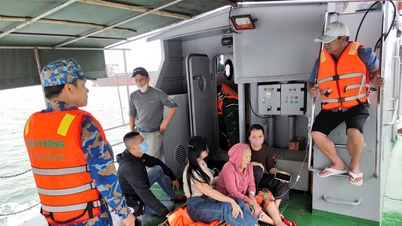

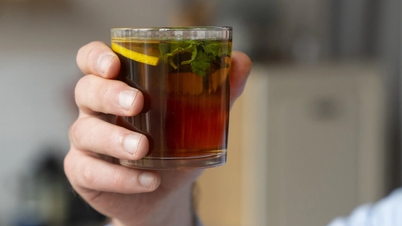

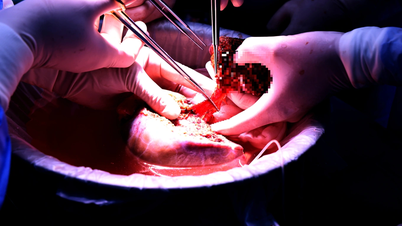

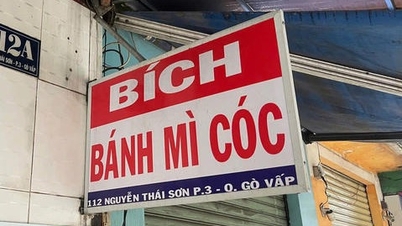



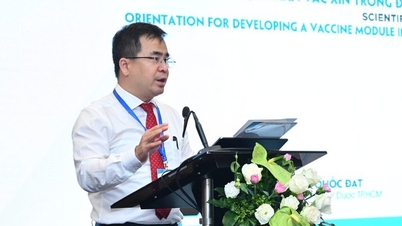

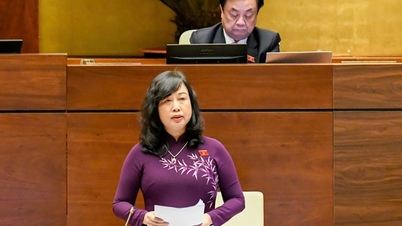









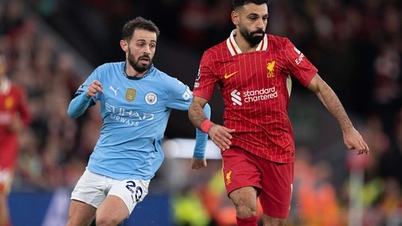







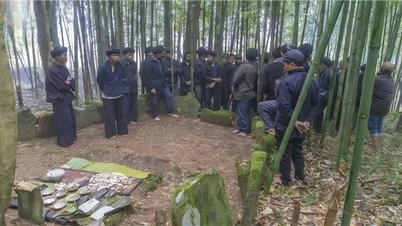



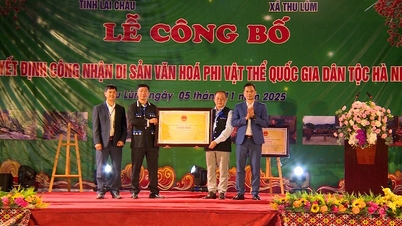



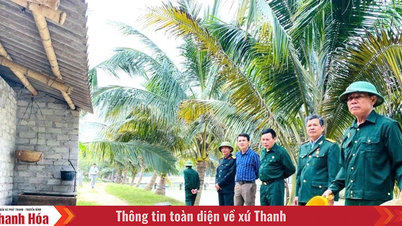




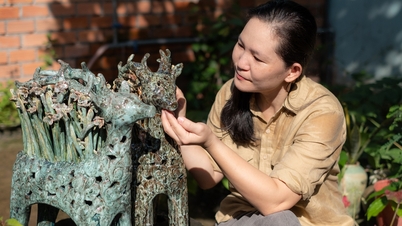










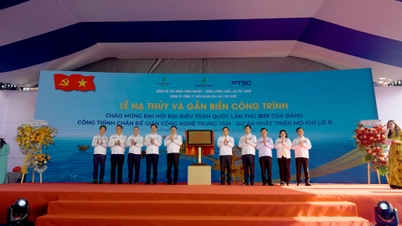










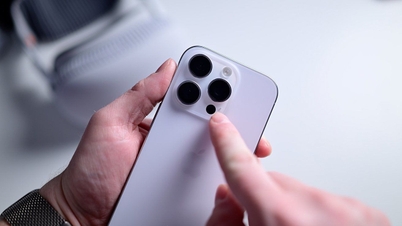


















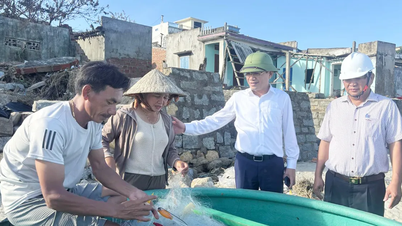

![Dong Nai OCOP transition: [Article 3] Linking tourism with OCOP product consumption](https://vphoto.vietnam.vn/thumb/402x226/vietnam/resource/IMAGE/2025/11/10/1762739199309_1324-2740-7_n-162543_981.jpeg)




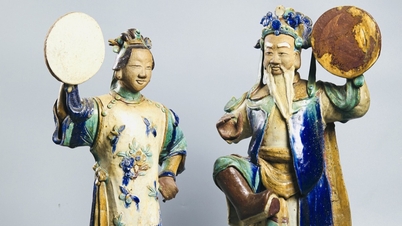

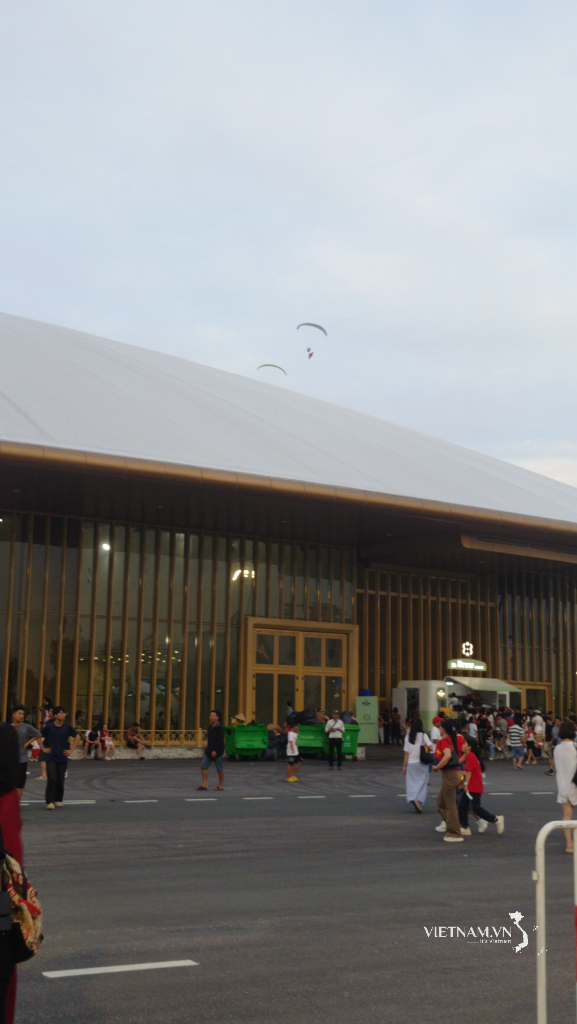



Comment (0)